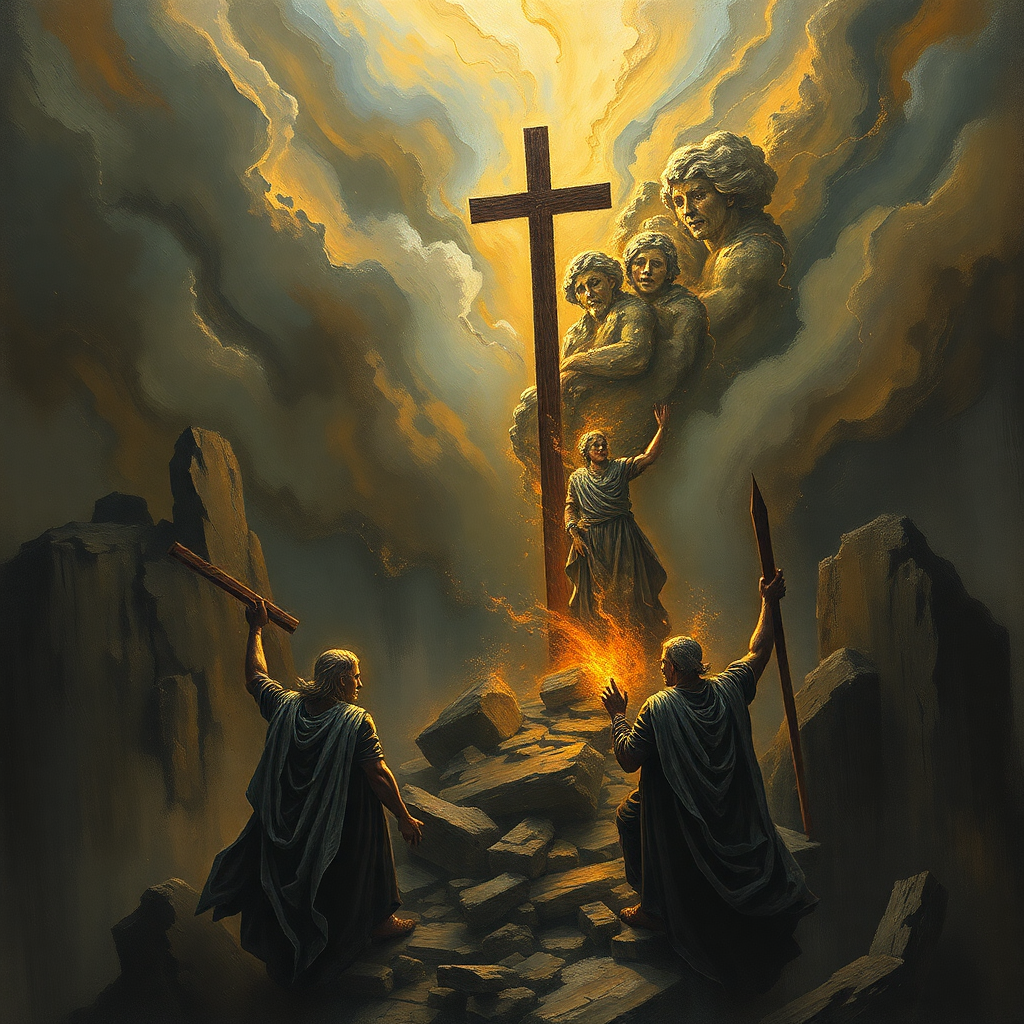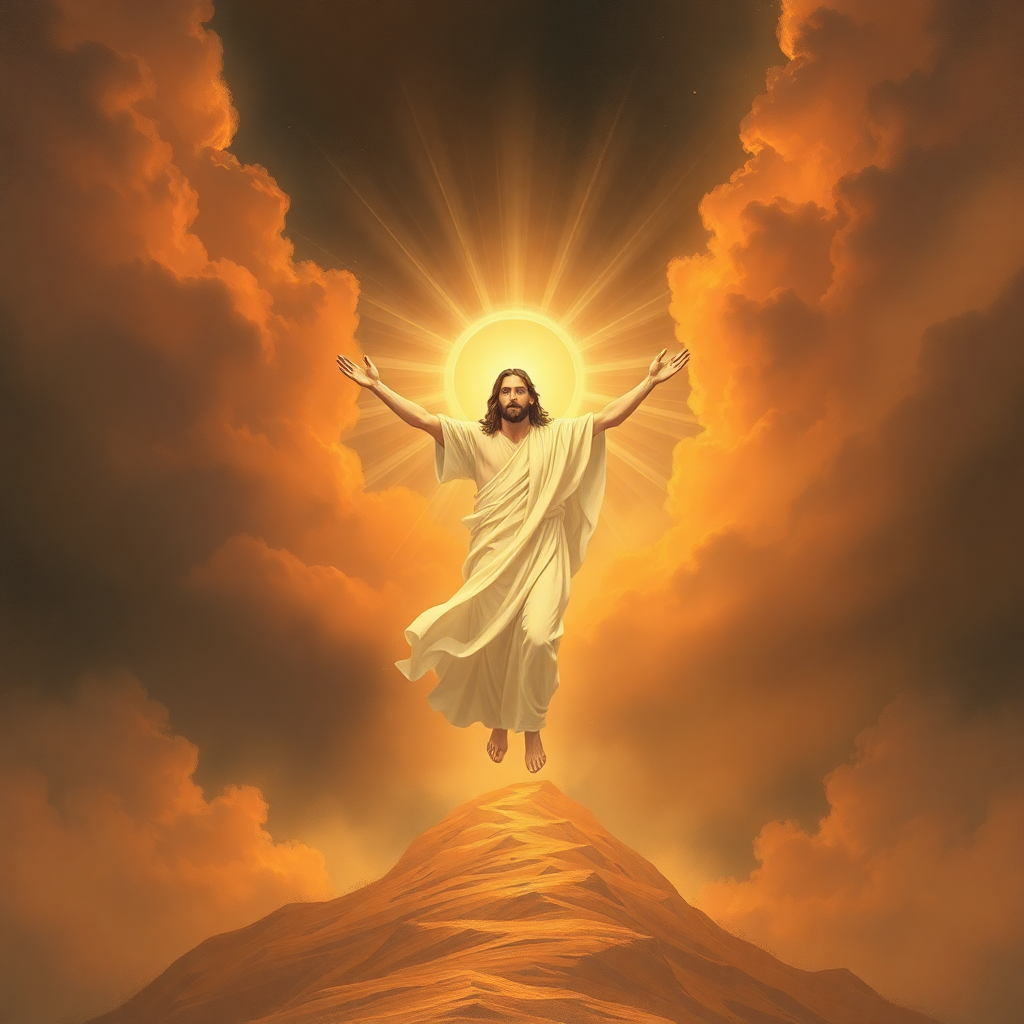What Happens After the Rapture?
One of the most prominent themes in Christian eschatology following the Rapture is the concept of the Tribulation. This period, often lasting seven years based on interpretations of the Book of Daniel and Revelation, is characterized by intense suffering, conflict, and divine judgment.
While interpretations vary widely among different denominations and theological perspectives, the Rapture is typically understood as a future event when believers in Christ are taken up to meet Him in the air, leaving the world and its inhabitants to face a series of tribulations.
In this blog post, we will explore the various interpretations of what happens after the Rapture, examining scripture and theological viewpoints to provide a comprehensive understanding of this significant event.
Understanding the Rapture
Before delving into what happens after the Rapture, it is essential to define the Rapture itself. The term "Rapture" is derived from the Latin word "rapio," meaning "to seize" or "to snatch away." While the word does not appear in the Bible, the concept is associated primarily with passages such as 1 Thessalonians 4:16-17, which describes believers being caught up in the clouds to meet the Lord.
Different Christian groups have various interpretations regarding the timing and nature of the Rapture. Some believe in a pre-tribulation Rapture, where believers are taken before a period of great tribulation, while others hold to a mid-tribulation or post-tribulation view, believing that believers will endure some or all of the tribulation period before being taken to heaven.

The Immediate Aftermath of the Rapture
Once the Rapture occurs, scripture indicates significant changes both in heaven and on earth. For believers, the event marks a joyous reunion with Christ and fellow believers who have passed away. Many passages describe the transformation of earthly bodies into glorified, imperishable forms—a process known as the "resurrection" of the dead (1 Corinthians 15:52). This transformation represents the fulfillment of the hope of eternal life, where believers will dwell in the presence of God, free from sin and suffering.
On earth, the Rapture creates immediate turmoil and confusion among those who remain. Unbelievers may be left wondering what has happened to their loved ones, leading to widespread chaos, fear, and panic. The absence of millions of Christians can result in significant societal shifts, with many interpretations suggesting that moral and ethical standards may deteriorate as the influence of believers is removed.
The Period of Tribulation
One of the most prominent themes in Christian eschatology following the Rapture is the concept of the Tribulation. This period, often lasting seven years based on interpretations of the Book of Daniel and Revelation, is characterized by intense suffering, conflict, and divine judgment. For those who have been left behind, this can be seen as a time of reckoning where God allows humanity to experience the consequences of their rebellion and rejection of Him.
During the Tribulation, the Bible describes the rise of the Antichrist, a charismatic leader who will wield immense power and influence. He will impose a false sense of peace initially, but his reign will eventually lead to oppression and persecution of those who oppose him, including any remaining believers. This period is filled with various judgments, including the opening of seals, trumpet judgments, and bowl judgments, each escalating in severity and pointing to God's ultimate sovereignty over history.

The Role of Left-Behind Believers
While many interpretations suggest that the Rapture occurs before the Tribulation, some beliefs assert that individuals who convert to Christianity after the Rapture can still find salvation. These 'left-behind' believers are often portrayed in popular culture and literature as individuals who come to faith amidst chaos and persecution. For these believers, their support may come from the 144,000 witnesses mentioned in the Book of Revelation, who are said to be sealed and empowered by God to proclaim the Gospel during this dark time.
However, the reality of living through the Tribulation will be intensely challenging. Believers may face severe persecution for their faith, and many interpretations suggest that they will need to rely on their trust in God's promises despite the overwhelming circumstances around them. They may also experience the internal struggle between following God amid societal pressures and the Antichrist's influence.
The Second Coming of Christ
Following the Tribulation period, Christian eschatology describes the event known as the Second Coming of Christ. During this time, Christ will return in glory to establish His kingdom on earth. This event signifies the fulfillment of God’s promises to restore creation and bring justice to His people. The Second Coming is often depicted as a time when Christ will defeat the Antichrist and his followers, ushering in a time of righteousness and peace.
Revelation 19 describes this event in vivid imagery, portraying Christ as a victorious warrior returning to claim His authority. Believers who were taken up during the Rapture will return with Him, and together they will witness the establishment of God’s eternal kingdom. This period is often referred to as the Millennium, an era of peace where Christ reigns for a thousand years, fulfilling prophecies from the Old Testament regarding the restoration of Israel and the establishment of peace among nations.

The Final Judgment
Following the Millennium, the Bible describes the Final Judgment, also known as the Great White Throne Judgment. In this solemn event, all people—both the living and the dead—will stand before Christ to give an account of their lives. Those who have accepted Christ and lived according to His teachings will enter into eternal communion with God, while those who have rejected Him will face eternal separation from God. This final judgment emphasizes the seriousness of choices made during earthly life, highlighting the necessity of faith and repentance.
Conclusion
From the immediate aftermath of believers meeting Christ to the turmoil on earth, followed by the Tribulation and eventual Second Coming, the story of what happens after the Rapture paints a complex picture of God’s justice, mercy, and sovereignty. For believers, knowing what follows can serve as both a comfort and a call to vigilance, encouraging them to live out their faith with a sense of urgency and purpose. Ultimately, the hope rests in the promise of eternal life with God, where all things will be made new, and the pain and suffering of this world will be no more.